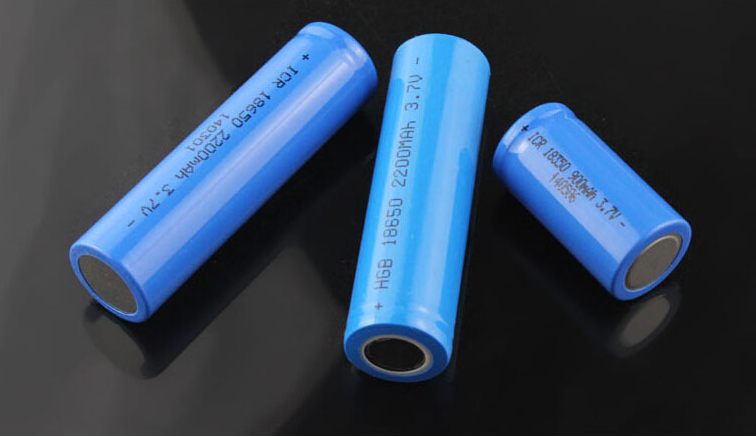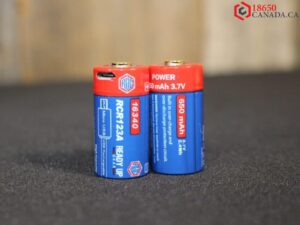18650 li-Ion Batteries Vs AA Batteries
When you go camping, you are completely off-grid, and the essentials of daily living become all that more important. Power is a big thing. The modern age offers hundreds of solutions to maintain the comparative comforts of home even when you are ten miles deep in the country.
The Perfect And Misleading 18650 Battery vs. AA Battery Discussion

Out of the many batteries and power opportunities available, a small and mostly unfair rivalry has started. People are asking whether it is better to power their flashlights and other camping gear with 18650 li-ion batteries or with AA batteries.
The clear and simple answer to that is that any device should only be powered with the battery recommended by the company. When the wrong battery is in your device it can make the battery overheat and when that happens the battery can drip, damage your device, or even explode.
The labels “18650” and “AA” technically relate to different battery sizes. The key difference is that the 18650 is specifically a size for a rechargeable lithium-ion battery on the other side, AA can be nickel-cadmium, nickel-metal hydride, zinc-carbon, alkaline, or even lithium-ion among others.
Also, Read Features of Lithium Batteries
The 18650 lithium-ion batteries are 18mm x 65mm in measurement, consequently the name. AA’s of any kind are about 14mm x 50mm in size, so an AA lithium-ion battery might also be called a 14500 battery.
Characteristics Of A 18650 Battery

The 18650 battery cell is an 18mm x 65mm rechargeable lithium-ion cell, and it has become the go-to model in a huge collection of tech. Flashlights, cameras, smartphones, you name it. These batteries typically put out around 3.7 volts with a capacity extending from 1800 mAh up to 3500 mAh.
For all the non-techies out there, mAh attains for milliamp-hour, and it is a unit that measures how much electrical energy is put out over time. The higher the mAh the more extended the life of the battery.
The volts, or voltage, on the other hand, is how much electrical ‘push’ or power the battery can produce. More voltage means the battery is placing out more energy.
When you connect a higher voltage with higher mAh in a rechargeable battery, you get more power over a long time that you can reuse again and again.
AA batteries, by contrast, have a broad range of mAh stats depending on the underlying cell type.
The size variation describes it all. The 18650 Li-ion battery is a bigger battery that can put out more electrical charge over time. You can get really technical with all of this if you require and there is apparently no end to what you can learn about batteries.
Final Conclusion
At times it can seem like the endless march of technology is outpacing the capacity to keep up with it. At one point in time, flashlight and battery pairings were straighter forward, but the discovery has changed that.
Improvements in chemistry have unlocked the door for rechargeable batteries with lithium-ion, nickel-metal hydride, and nickel-cadmium being the most common. Although the technology is incomplete at times with battery ignitions and leaks making headlines it is still the state of the art.

